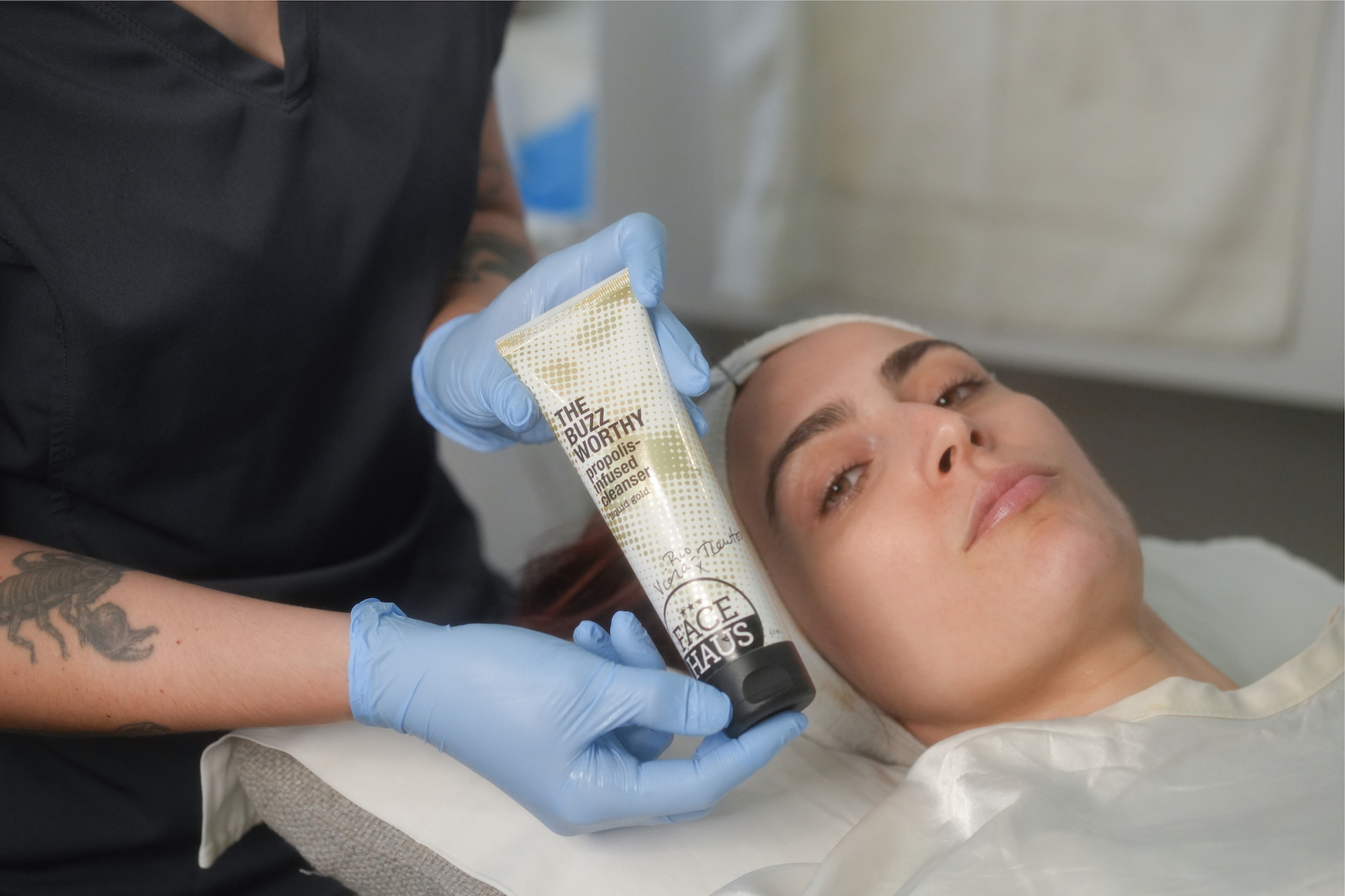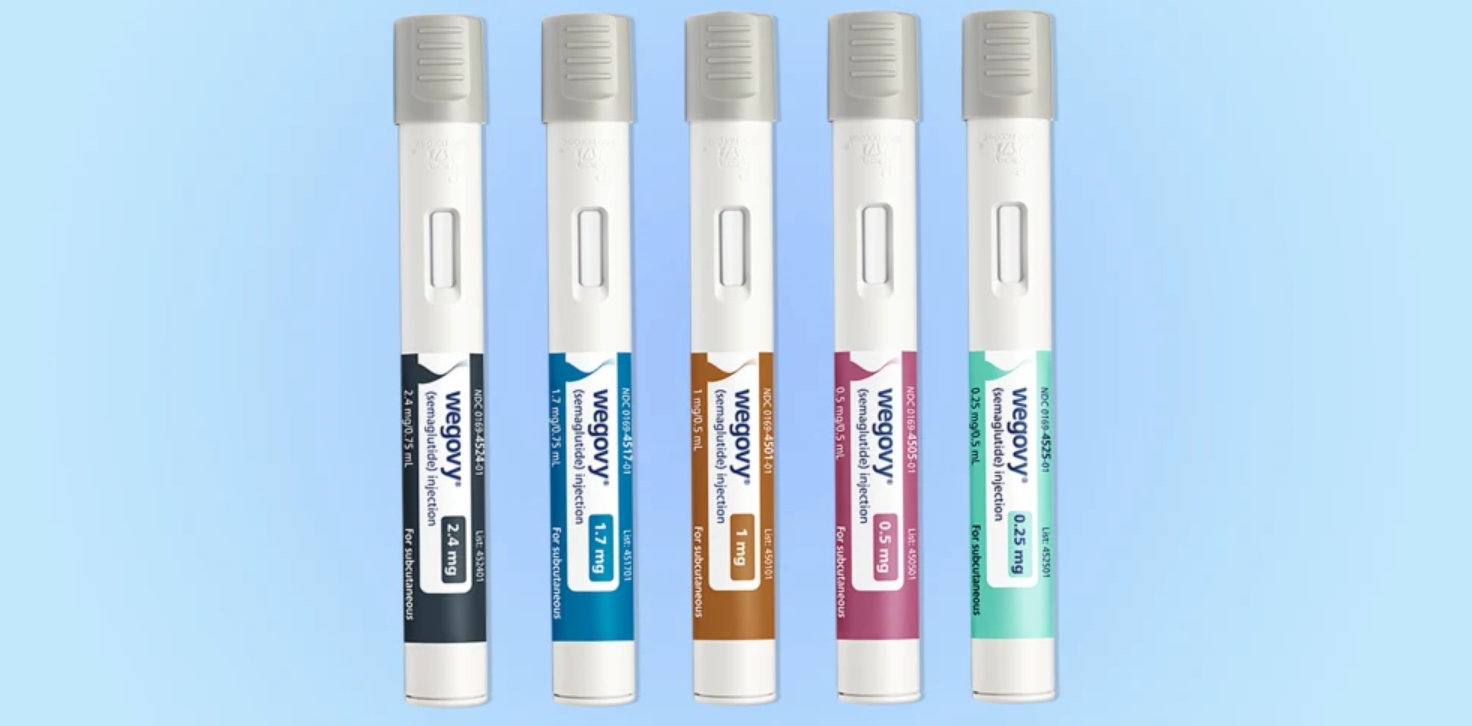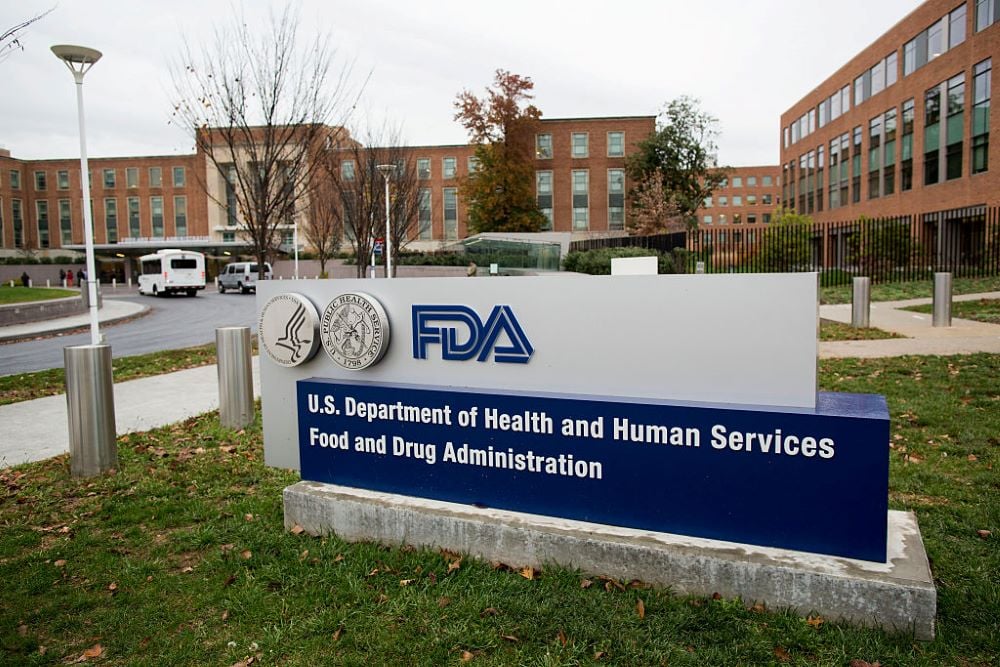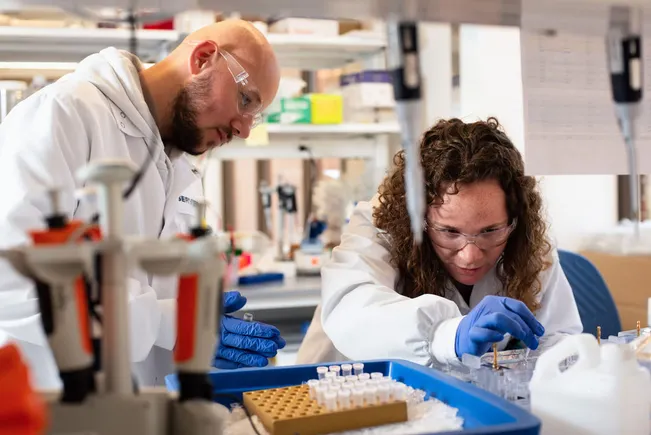Opinion: ‘Too many, too soon’? Debunking a common fear about kids’ vaccines
Despite a significant increase in injections, today's vaccines expose children to a fraction of the immune-stimulating material that previous generations encountered.

In 1986, a typical child was recommended to receive 11 vaccine doses — seven injections and four oral. Today, that number has risen to 50 to 54 doses by age 18, depending on whether one or two flu shots are given in the first eligible year, and on a few product- and age-specific factors that determine whether a child receives two or three HPV doses, three or four Hib doses, or two or three rotavirus doses. That’s a substantial increase in the number of shots, which is why some are alarmed by the idea of “too many, too soon.” But the science should offer worried parents a great deal of comfort.
As an infectious diseases physician who directs an antibiotic stewardship program, I’m constantly weighing the benefits and risks of medical interventions — much like parents weighing vaccine decisions for their children. And as a parent of two young kids myself, I understand why parents don’t want their children to receive anything that isn’t clearly indicated, and I share that commitment to evidence-based decision-making.














































































































































